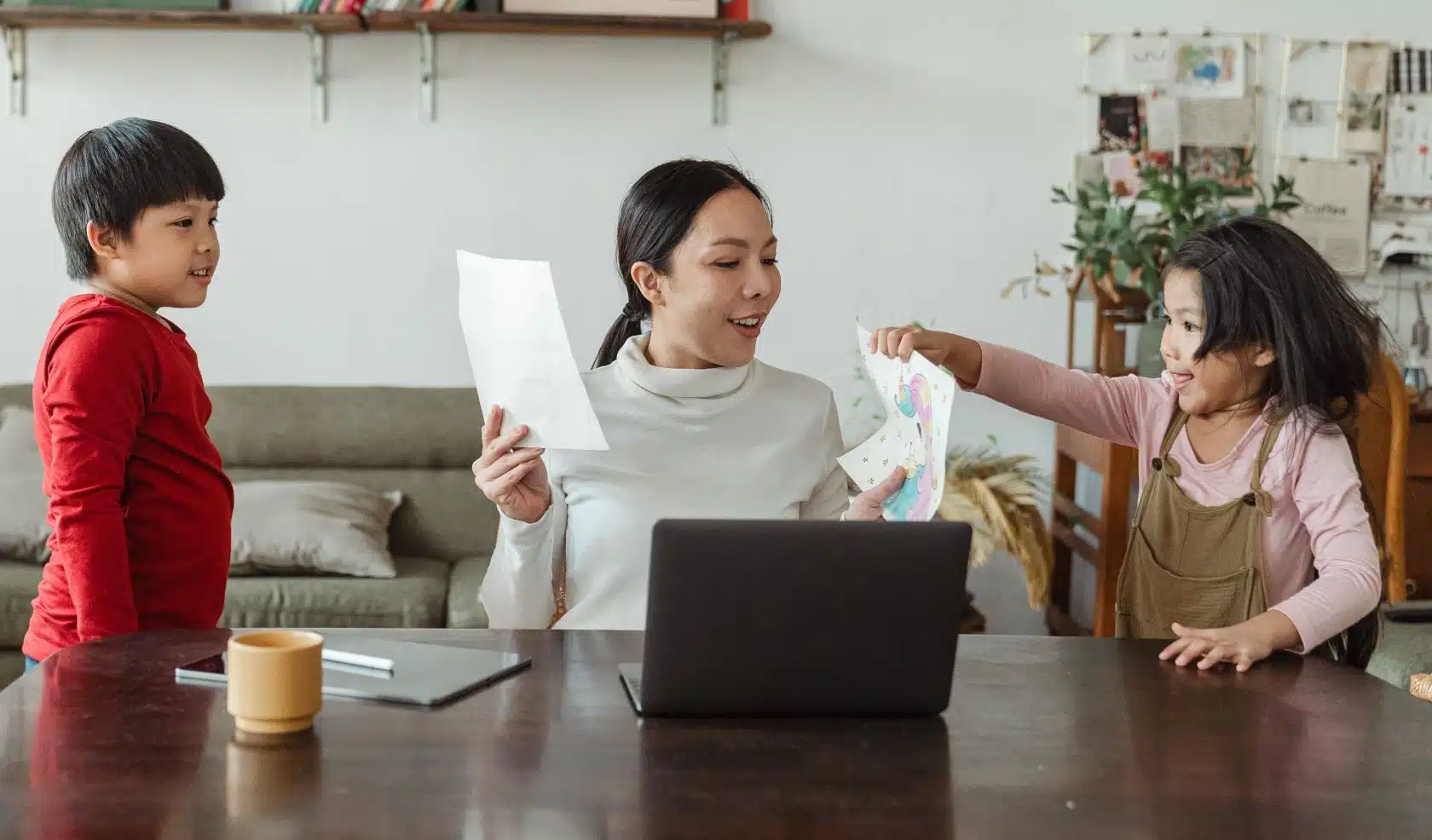Inclusion is implemented through various strategies to ensure a supportive learning environment for all students. Here are some examples of how inclusion works:
- Collaborative Teaching: Inclusion involves co-teaching, where a general education teacher and a special education teacher work together in the same classroom, providing instruction and support to all students.
- Individualized Instruction: Teachers adapt their teaching methods to meet the unique needs of each student. This may include modifying assignments, using visual aids, or providing additional time for completing tasks.
- Assistive Technology: Inclusion incorporates the use of assistive technology tools, such as speech-to-text software or communication devices, to assist students with disabilities in their learning.
- Peer Support: Students with disabilities receive support from their typically developing peers through buddy systems or peer tutoring programs, fostering social interaction and collaboration.
- Positive Behavior Support: Inclusion promotes a positive behavior support system, where clear expectations and consistent rewards are used to encourage appropriate behavior and create a respectful classroom environment.
These strategies ensure that all students, regardless of their abilities, can actively participate and succeed in a supportive classroom setting. Goally, our tablet, supports kids embrace inclusion by providing fun apps for building life and language skills, digital visual schedules, AAC, gamified learning, emotional regulation, executive functioning, and social skills training. It helps children with special needs thrive in the inclusive classroom.
This post was originally published on April 4, 2023. It was updated on July 8, 2023.














